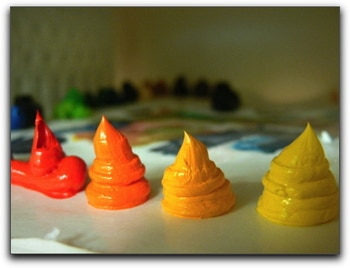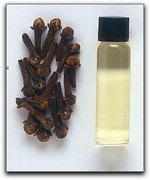
Normally I’m a patient sort of soul, but I have my limits. After twenty years of squeezing oils onto a palette, as a daily ‘zen’ activity, I’m finding that it just doesn’t do it for me anymore. So, as a service to my fellow ADD-ers and those of us that detest lengthy routines, this is for you. May I also say two other golden benefits of reducing the frequency of this tedious practice is it can save you a lot of money on wasted dried up clumps of paint as well as minimize
the amount of problematic substances for Mother Earth to deal with.
As a traditional artist that enjoys using several mediums within one painting I have a couple palettes to keep active simultaneously. Acrylics are easy for me to keep wet (for as long as a month at a time) with very little effort. I’ll give that tip in a future post. Oils, however, have given me more trouble.
Now here’s a couple other methods I came across that I’m very interested in trying:

"Clove oil is also used in oil painting. The anti-oxidant effects of the eugenol delays the drying (oxidation) of the drying oils (linseed, safflower, poppy, walnut) in the paint on the palette. A drop per paint ‘nut’ is usually added. Alternatively, the palette can be covered, with a small amount of clove oil applied to the inside of the cover to allow the clove oil to disperse, preventing the paint from reacting with the oxygen within the cover. This method has the advantage of slowing the drying of the paints once they are applied to the painting."
Many of us may not have a freezer space just for a palette or a sink that’s available to submerge a palette in overnight, so I think this clove oil idea may be the ticket. I’ll be trying it out to see. It’s an essential oil that can be obtained from most health food stores.
Happy oil painting!
Subscribe to our mailing list to stay up-to-date on Terese’s latest projects & offers
Copyright © Terese Nielsen Art | All Rights Reserved